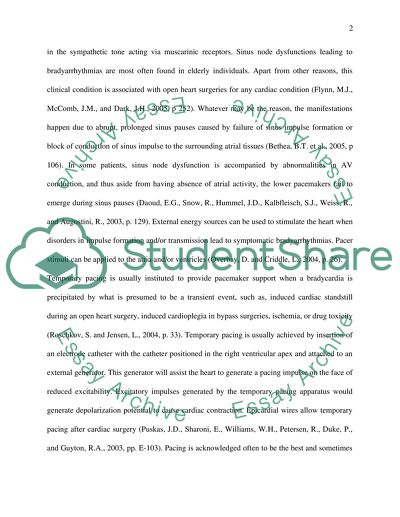Cite this document
(“Cardiac Surgery Essay Example | Topics and Well Written Essays - 1000 words”, n.d.)
Retrieved from https://studentshare.org/miscellaneous/1505617-cardiac-surgery
Retrieved from https://studentshare.org/miscellaneous/1505617-cardiac-surgery
(Cardiac Surgery Essay Example | Topics and Well Written Essays - 1000 Words)
https://studentshare.org/miscellaneous/1505617-cardiac-surgery.
https://studentshare.org/miscellaneous/1505617-cardiac-surgery.
“Cardiac Surgery Essay Example | Topics and Well Written Essays - 1000 Words”, n.d. https://studentshare.org/miscellaneous/1505617-cardiac-surgery.


